Do you remember the catchy rhymes and songs you learned as a child? They stick with us, don’t they? As a teacher or homeschooler, you know the importance of developing crucial skills like phonological awareness and number recognition in early childhood. That’s why number rhymes taught to young children are an invaluable tool for boosting these skills! Not only do they make learning fun, but they also lay the foundation for future academic and cognitive abilities, setting children up for a lifetime of successful learning. Keep reading to learn more about the amazing benefits and practical applications of incorporating number rhymes into your teaching.
The Importance of Number Rhymes for Phonological Awareness
Phonological awareness, the ability to recognize and manipulate the sounds of language, is crucial for reading success. By understanding the sound structure of words, children are better able to decode and comprehend written language. And one of the best ways to enhance phonological awareness in young learners is through number rhymes.
Number rhymes, such as “One, Two, Buckle My Shoe” or “Five Little Monkeys Jumping on the Bed,” use rhythm and rhyme to engage children and teach phonological skills. Here’s how:
- Rhythm and Repetition. These rhymes have a predictable rhythm and repetitive structure that help children become familiar with the sounds and cadence of language. This enhances their ability to recognize and reproduce phonemes and syllables.
- Syllable Segmentation. Many number rhymes break down numbers into rhyming or similarly sounding syllables (“One, Two,” “Buckle, My, Shoe”). This segmentation helps children practice identifying and manipulating syllables, a key skill in phonological awareness.
- Rhyming Words. The use of rhyming words (e.g., “shoe” and “two”) in number rhymes helps children distinguish similar sounds and understand that words with different beginnings can share endings. This reinforces their phonemic awareness.
- Listening Skills. By actively listening to and participating in number rhymes, children sharpen their listening skills and learn to discriminate between different sounds and words.
- Memory and Sequencing. Learning number rhymes involves remembering sequences of numbers and actions, which exercises memory and sequencing skills. This cognitive exercise supports language development and comprehension.
Enhancing Number Recognition through Repetition and Song
Number rhymes may be known for enhancing phonological awareness, but did you know they also play a crucial role in building numerical skills? Through repetition and song, these rhymes reinforce counting, sequencing, and basic arithmetic concepts like addition and subtraction. And that’s not all – they also improve children’s memory and understanding of chronological order.
So, how exactly do number rhymes help develop number recognition in young children? Let’s take a look at the key connections they make:
- Counting Practice. Number rhymes typically involve counting objects or characters (e.g., “Five Little Monkeys”), which helps children become familiar with the sequence and names of numbers.
- Numerical Sequencing. Many number rhymes present numbers in a specific order, helping children grasp the concept of numerical progression and the relationship between consecutive numbers.
- Basic Arithmetic. Some rhymes go beyond counting and introduce basic arithmetic operations like subtraction (e.g., “Ten in the Bed”), giving children a head start in understanding numerical relationships.
- Visual Representation. By incorporating visuals or actions like holding up fingers or pointing to objects, number rhymes reinforce the connection between the spoken word and its numerical representation.
Beyond Counting: Cognitive Benefits of Number Rhymes
In addition to improving phonological awareness and number recognition, number rhymes also offer cognitive benefits for early learners. Engaging in these rhythmic chants and melodies can help develop children’s memory retention, attention span, problem-solving, and critical thinking skills.
Let’s explore some of the cognitive benefits for young children:
- Memory Enhancement. The rhythmic and repetitive structure of rhymes and songs makes it easier for children to remember number sequences and concepts. This is because the consistent pattern and melody help store information in long-term memory. Many number rhymes also involve actions or gestures (such as counting on fingers or clapping hands), providing visual and kinesthetic cues that further reinforce memory retention through multisensory engagement.
- Improved Attention and Focus. Engaging with rhymes and songs requires children to listen carefully and follow along with the sequence of numbers. This strengthens their ability to sustain attention and remain focused on a task, a valuable skill for academic success.
- Developed Problem-Solving Skills. Number rhymes often present numbers in a specific order (such as counting up or down), requiring children to understand and apply sequential logic. This helps build essential problem-solving skills needed for understanding patterns and sequences. For example, rhymes that involve simple arithmetic (like subtraction in “Five Little Monkeys”) encourage children to think critically about numerical relationships and operations, helping them develop the ability to predict outcomes and understand cause-and-effect relationships.
- Nurtured Critical Thinking Skills. By engaging with rhythmic patterns and sequences in number rhymes, children develop the ability to recognize and analyze patterns. This skill is crucial for mathematical reasoning and problem-solving in later academic contexts, making number rhymes an invaluable tool for building strong critical thinking skills from a young age.
Making Number Rhymes Interactive and Fun
Number rhymes are a fantastic way to make learning math enjoyable for young children. To enhance their engagement, consider adding movements and props that correspond to the numbers in the rhyme. For example, when singing “Five Little Ducks,” children can use their fingers to mimic swimming ducks or play with toy ducks as props. Incorporating hands-on activities like counting beads or blocks along with the rhyme reinforces numerical concepts. This also makes the learning experience tactile and memorable. Clapping rhythms or stomping feet to count, is another fun interactive element! Ultimately, the key is to blend education with fun.
By incorporating number rhymes into daily activities, such as counting snacks at snack time or finding shapes around the room, parents and educators can seamlessly integrate math concepts into children’s daily routines. This practical application of number rhymes not only reinforces counting skills but also helps children see the relevance of numbers in their everyday lives. Whether it’s counting steps on a walk or identifying numbers on a clock, the use of number rhymes can provide a fun and engaging way for children to practice their math skills outside of structured learning environments. This hands-on approach to learning numbers can help children develop a strong foundation in math while also fostering a love for numbers that will benefit them in their academic journey and beyond
Getting Started
Start building a strong foundation in math today with the help of number rhymes! Following, are some printables to get you started!
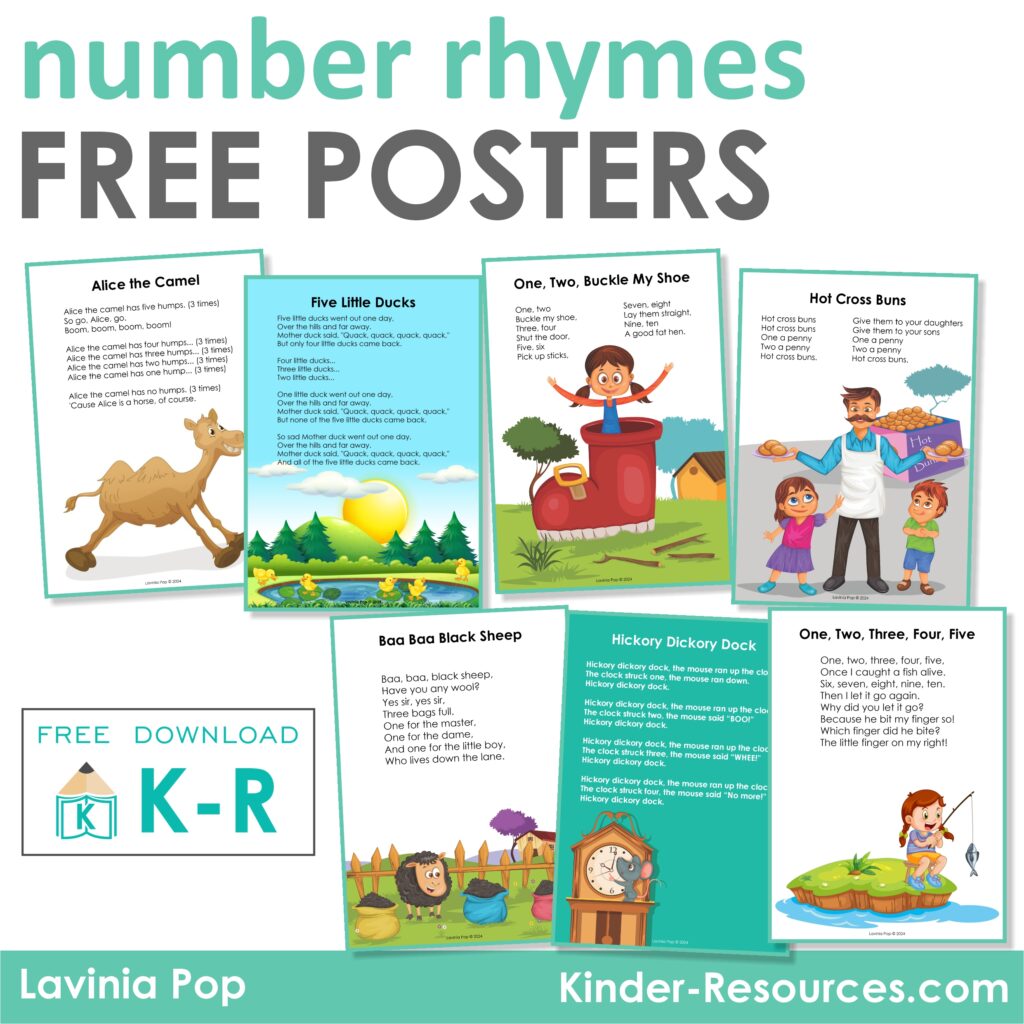
Introducing a collection of 7 charming free printable number rhyme posters! Designed to captivate young learners, each poster features delightful illustrations paired with memorable rhymes that make learning numbers a joyful experience. Perfect for classrooms, playrooms, or homeschool environments, these posters not only aid in number recognition but also enhance early literacy skills through engaging visual and auditory learning. Download and print these colorful posters today to create an interactive and stimulating learning environment for children ages preschool through early elementary.
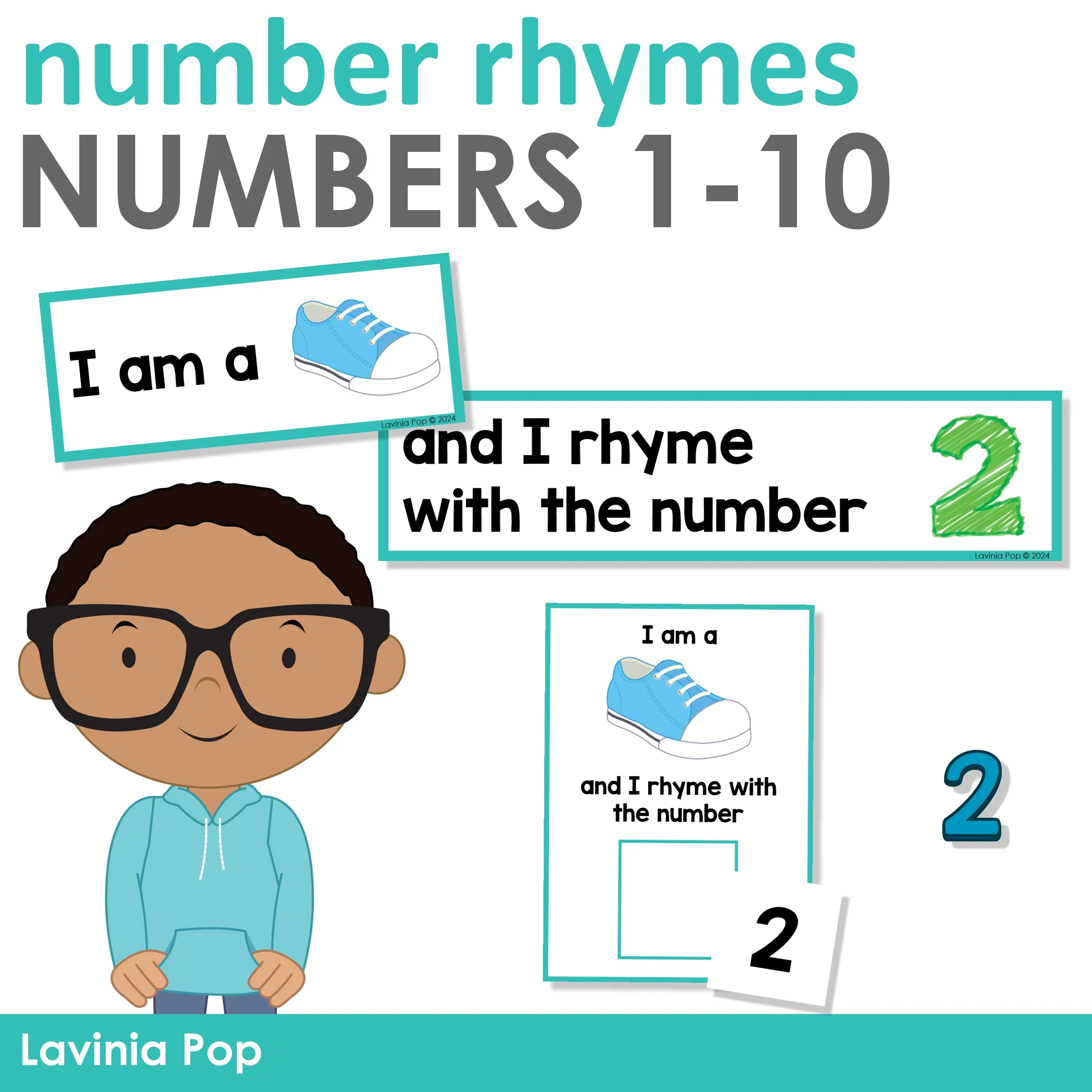
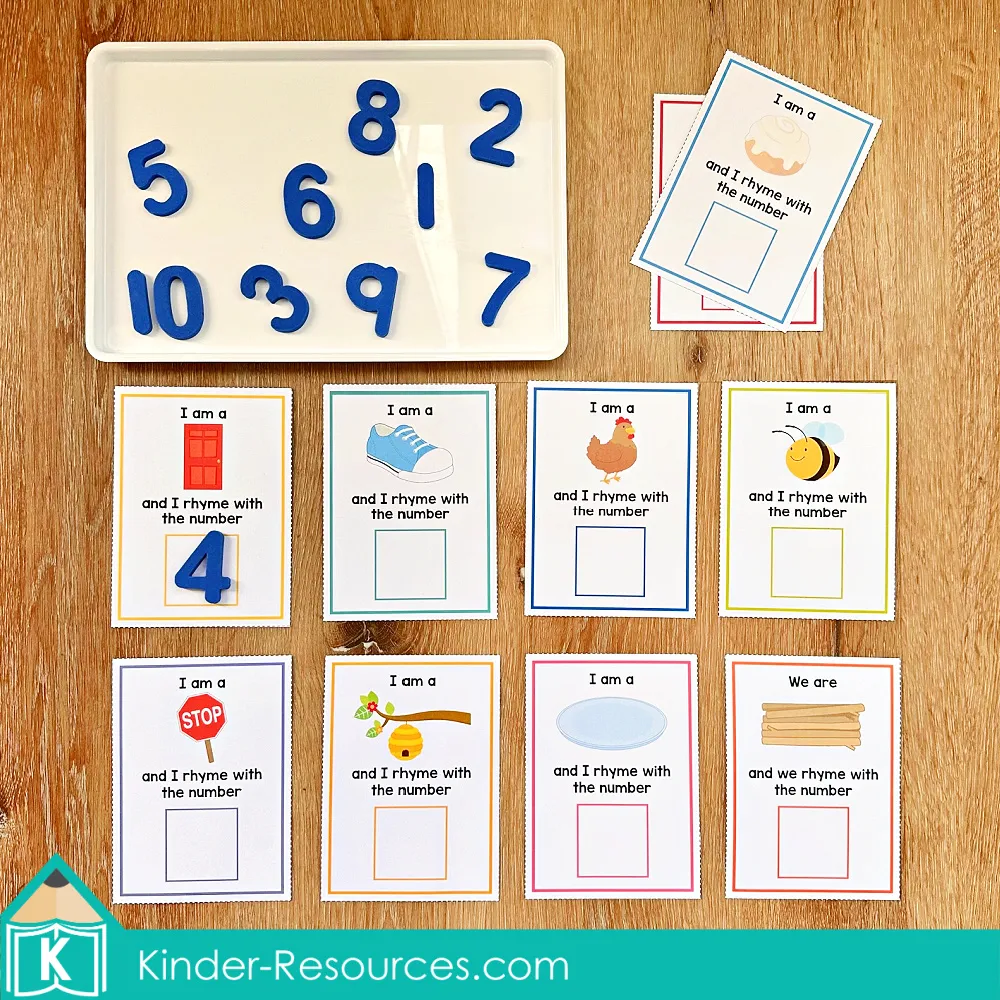
This resource combines number recognition and phonological awareness. Two versions are included. In the first version, children use magnetic numbers to match numbers with their corresponding rhymes. The second version includes separate cards for the picture and the number, requiring children to match them together.
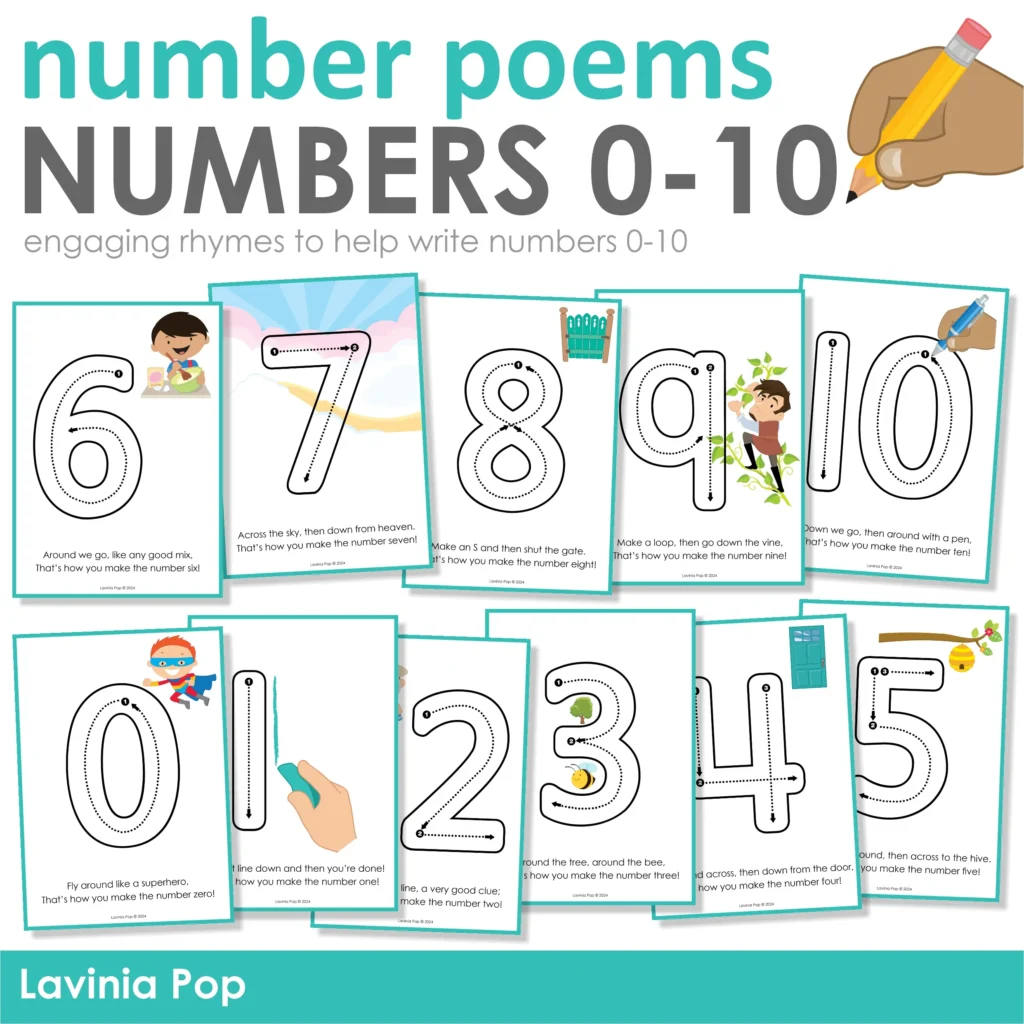
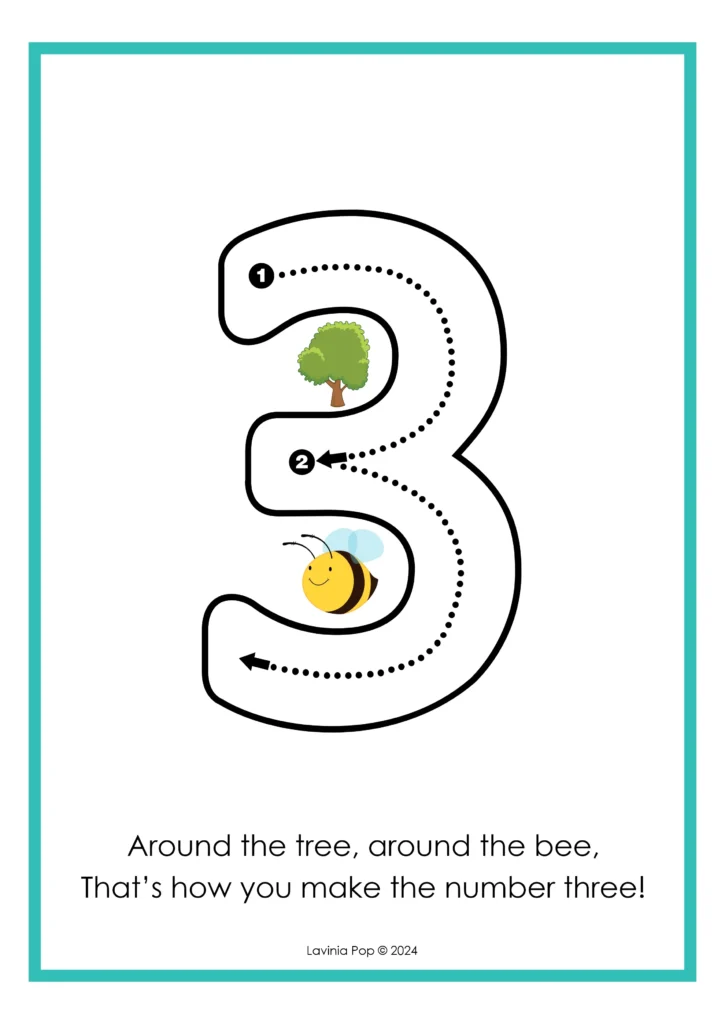
Discover the joy of numeracy with this set of interactive Number Writing Poems posters! Designed for preschool and kindergarten children, each poem brings numbers 0-10 to life while making writing fun. Improve your child’s number skills with catchy rhymes and easy instructions.
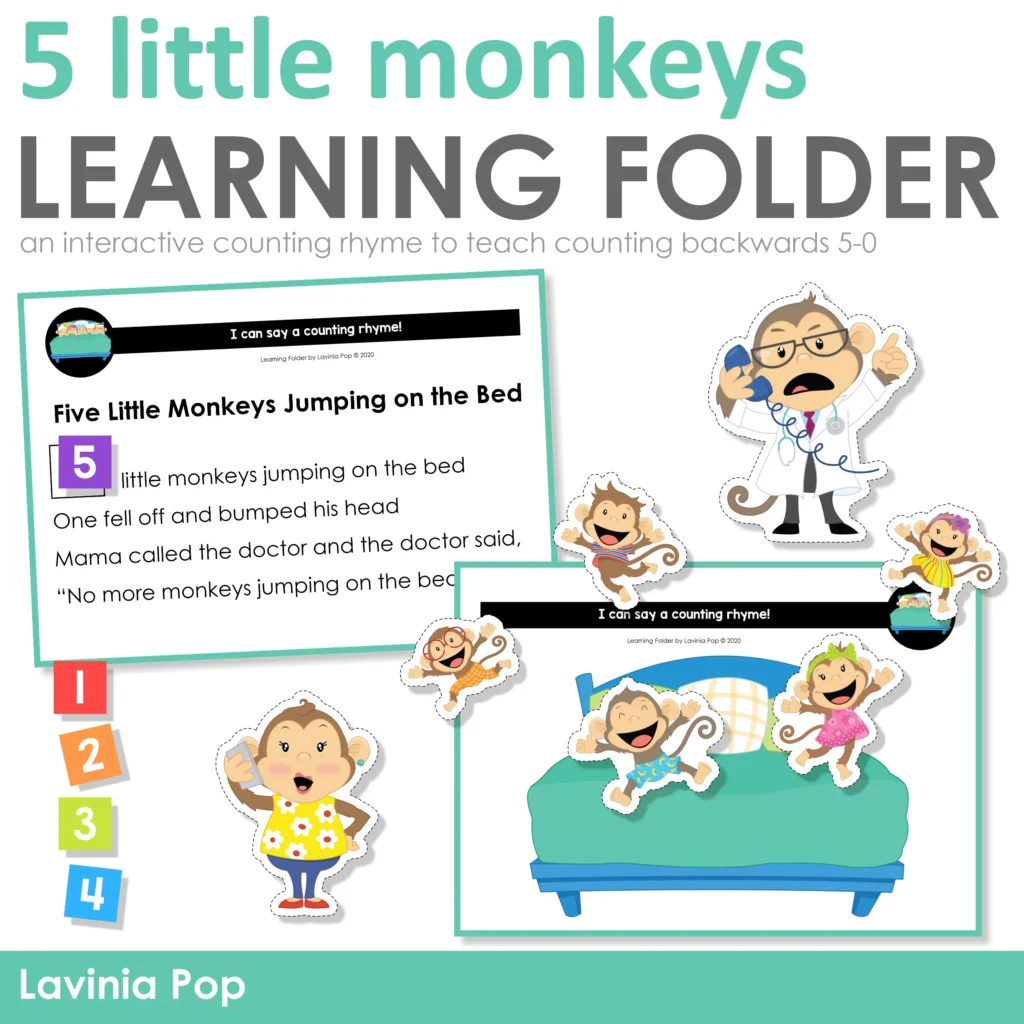
Bring joy to learning with the interactive ‘5 Little Monkeys Jumping on the Bed: Printable Number Rhyme Activity’. This engaging activity swirls around the popular children’s rhyme to introduce the excitement of counting backwards in a fun, playful manner.
Happy Teaching 🙂

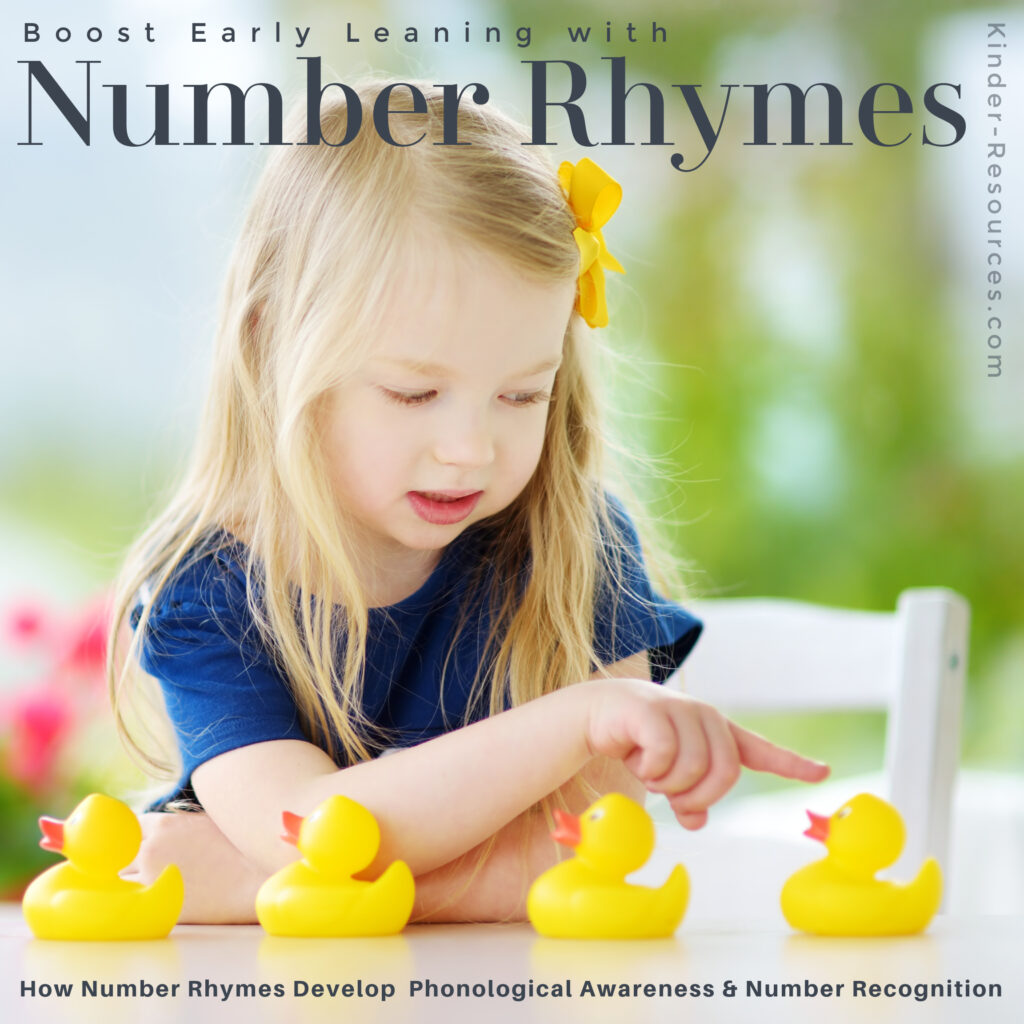
jahdrh@yahoo.com
😊 Thanks